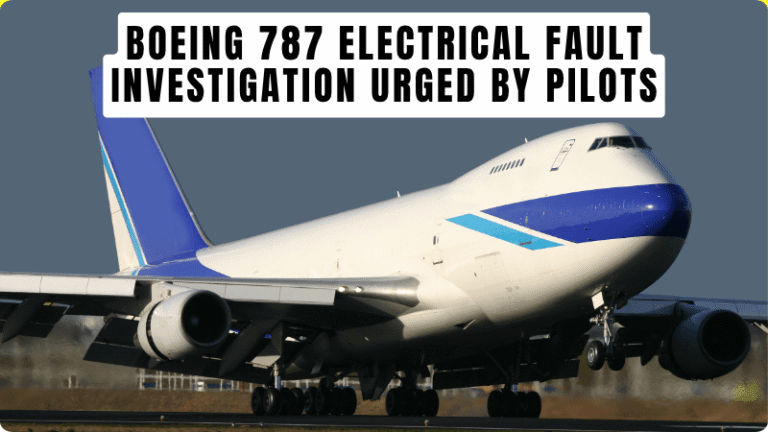Boeing 787 Electrical Fault Investigation Urged by Pilots: Safety in the skies has come under renewed scrutiny following a series of unsettling events involving Boeing 787 aircraft operated by Air India, prompting urgent calls from aviation professionals for a comprehensive regulatory review. The Federation of Indian Pilots, representing over 5,000 cockpit crew members, has directly engaged the Directorate General of Civil Aviation to investigate potential flaws in the electrical systems of these wide-body jets. This push gains gravity amid a deadly crash earlier this year and a recent mid-flight anomaly, highlighting the delicate balance between technological reliance and passenger protection in India’s burgeoning aviation sector.
Central to the discourse is the unexpected deployment of the Ram Air Turbine on an Air India flight last week, coupled with suspicions of electrical malfunctions in a June tragedy that claimed 260 lives. The pilots body demands immediate checks on all Boeing 787s in the country, building on prior advocacy that saw limited responses from authorities.
Unpacking the Air India Boeing 787 Incidents Sparking Alarm
The latest trigger occurred on October 4, when Air India’s Boeing 787 en route from Amritsar to Birmingham witnessed its Ram Air Turbine deploy automatically at just 500 feet during final approach, an emergency feature meant for scenarios like total power loss. The Aircraft Health Monitoring system flagged a fault in the Bus Power Control Unit, which oversees electrical power distribution, allowing the plane to land safely nonetheless. This event echoes deeper worries from the June 12 catastrophe, where Air India flight AI 171 from Ahmedabad to London Gatwick plummeted into a medical hostel moments after takeoff, resulting in 260 fatalities including 241 on board.
In their letter to the DGCA, Federation of Indian Pilots President G S Randhawa detailed the Birmingham flights anomaly, stating, “The incident occurred when the Ram Air Turbine deployed automatically at 500 ft on approach into Birmingham… the Aircraft Health Monitoring has picked up a fault of the Bus Power Control Unit which may have caused the auto deployment of RAT.” The groups longstanding concerns, raised with the Civil Aviation Ministry and Aircraft Accident Investigation Bureau post-crash, underscore numerous prior incidents on Boeing 787s, yet post-June actions by DGCA focused solely on fuel control switches, leaving electrical systems unchecked.
Pilots Roadmap for DGCA: Mandating Thorough Electrical Audits
To address these red flags, the Federation of Indian Pilots outlines a clear directive for the DGCA: initiate exhaustive inspections of the Bus Power Control Unit and broader electrical architecture across the entire Boeing 787 fleet in India. This involves diagnostic scans via Aircraft Health Monitoring tools to detect latent faults, coupled with ground tests simulating power disruptions to verify Ram Air Turbine reliability. Airlines like Air India must ground suspect aircraft pending clearance, ensuring compliance with international safety protocols from the Federal Aviation Administration while coordinating with Boeing for technical data.
The process extends to cross-referencing incident logs with global reports, as the June crashes preliminary July findings from the AAIB revealed cockpit confusion over fuel switches being cutoff seconds after liftoff, with one pilot asking the other why he cut them off, and the latter denying it. Such steps aim to preempt cascading failures, prioritizing air safety through proactive regulatory oversight.
Echoes of the Ahmedabad Crash and Horizon of Aviation Reforms
Linking the October anomaly to the Ahmedabad disaster, the pilots body warns that the Bus Power Control Unit fault serves as another indicator of systemic vulnerabilities, potentially tied to software or hydraulic issues in the fatal event. With Boeing maintaining silence on the crash, one of Indias deadliest in three decades, pressure mounts for transparent collaboration between manufacturers and local regulators.
Looking forward, the AAIBs ongoing probe into AI 171 could yield interim findings by year-end, informing DGCA directives and possibly triggering fleet-wide retrofits. Industry watchers anticipate heightened bilateral dialogues between Indian authorities and US counterparts to standardize checks, fostering a safer operational environment amid rising air traffic.
These developments reaffirm the vigilance required in aviation, where pilots insights drive safeguards against unseen risks. Travelers and professionals alike should track updates from the DGCA website and reputable aviation news for evolving safety measures and official responses.

